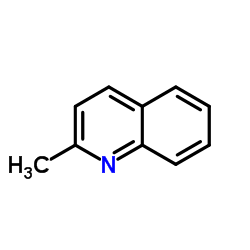Blue emitting pentacoordinated Al(III) complexes based on 2-methylquinolin-8-olate and substituted phenolate ligands. The role of phenolate derivatives on emission and absorption properties.
Massimo La Deda, Iolinda Aiello, Annarita Grisolia, Mauro Ghedini, Mario Amati, Francesco Lelj
文献索引:Dalton Trans. (2) , 330-9, (2006)
全文:HTML全文
摘要
This paper reports the synthesis, characterisation and photophysical investigation of the homologous series of blue-emitting pentacoordinated AlQ'(2)L complexes 1-6, where Q' is 2-methylquinolin-8-olate and L is a phenolate substituted in para to the oxygen donor atom. Both electron attracting and electron releasing substituents have been considered. Also binuclear complexes of formula Q'(2)Al-L'-AlQ'(2), where L' = OC(6)H(4)C(6)H(4)O, OC(6)H(4)(CH(2))(3)C(6)H(4)O and OC(6)H(4)C(CH(3))(2)C(6)H(4)C(CH(3))(2)C(6)H(4)O have been synthesised and characterised. These are interesting blue-emitting materials for OLED (organic light emitting diode) fabrication. A comparison between computational and experimental results allowed the description of the absorption and fluorescence processes. A study of the frontier orbitals involved in the electric conduction and fluorescence emission has been performed. Influences of the phenolate-based ligands on the compounds spectroscopy have been particularly taken into account.
相关化合物
| 结构式 | 名称/CAS号 | 分子式 | 全部文献 |
|---|---|---|---|
 |
2-甲基喹啉
CAS:91-63-4 |
C10H9N |
|
The PaaX-type repressor MeqR2 of Arthrobacter sp. strain Rue...
2013-03-01 [J. Bacteriol. 195(5) , 1068-80, (2013)] |
|
Quantitative structure-activity relationship analysis of inh...
2005-01-27 [J. Med. Chem. 48 , 440-9, (2005)] |
|
Exploring QSAR and QAAR for inhibitors of cytochrome P450 2A...
2009-01-01 [Eur. J. Med. Chem. 44 , 1941-51, (2009)] |
|
Predictive three-dimensional quantitative structure-activity...
2005-06-02 [J. Med. Chem. 48 , 3808-15, (2005)] |
|
A fluorometric assay for the determination of 1-deoxy-D-xylu...
2001-09-01 [Anal. Biochem. 296(1) , 101-5, (2001)] |